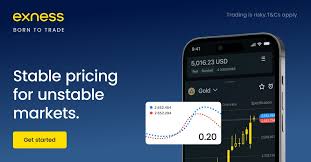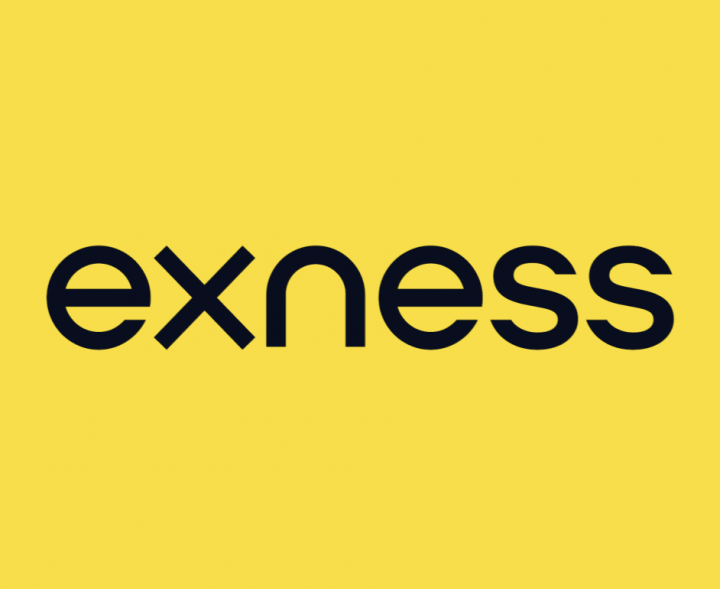
The Ultimate Guide to Trading with Exness on Linux
In the ever-evolving landscape of online trading, brokers play a crucial role in enabling traders to access financial markets. One prominent name in the trading community is Exness. While many users prefer Windows operating systems for their trading activities, Linux has garnered a significant following due to its stability and security. In this guide, we’ll explore how to effectively use exness linux extrade-broker.com on Linux, unpacking installation procedures, compatible trading platforms, and strategies that cater specifically to Linux users.
Why Choose Linux for Trading?
Before delving into Exness, it’s essential to understand why many traders are opting for Linux. The advantages of using Linux for trading include:
- Stability: Linux systems are known for their stability, making them less prone to crashes during critical trading hours.
- Security: With fewer virus and malware threats targeting Linux, users enjoy a safer trading environment.
- Customization: Linux allows for extensive customization, enabling traders to set up their systems according to personal preferences.
- Open Source: Being an open-source operating system, Linux provides transparency and a community-driven approach to software development.
Exness: An Overview
Founded in 2008, Exness has gained a reputable foothold in the forex trading market, primarily due to its user-friendly interface, competitive spreads, and robust range of trading products. The broker offers various instruments, including forex, commodities, cryptocurrencies, and indices. Moreover, Exness is well-regulated, with licenses from reputable financial authorities. This assures traders of the safety of their funds and the integrity of their trading operations.
Installing Exness Trading Platforms on Linux
While Exness primarily offers trading platforms designed for Windows, Linux users can still access these platforms through various methods. The most efficient way to install and run Exness trading platforms like MetaTrader 4 and MetaTrader 5 on Linux is by using Wine, a compatibility layer that enables Windows applications to run on UNIX-like operating systems. Here’s a step-by-step guide:
Step 1: Install Wine
Firstly, you’ll need to install Wine. The installation process may differ based on your Linux distribution. Here’s how you can do this on Ubuntu:
sudo dpkg --add-architecture i386
 sudo apt update
sudo apt install wine64 wine32
sudo apt update
sudo apt install wine64 wine32
Step 2: Download the Trading Platform
Next, download the Exness trading platform (MetaTrader 4 or MetaTrader 5) from the official Exness website. Make sure to choose the Windows version of the installer.
Step 3: Install the Platform Using Wine
Navigate to your downloads folder and run the installer using Wine with the following command:
wine MT4setup.exe
Replace “MT4setup.exe” with the name of the downloaded installer file if necessary. Follow the installation prompts to ensure a successful setup.
Configuring the Trading Platform
After successfully installing the trading platform, the next step is configuring it for optimal performance. Here are some key settings you may want to adjust:
- Graphic Settings: Optimize the graphic settings for a smoother interface experience, especially if you’re using a lower-spec machine.
- Auto Restart: Consider enabling auto-restart on crash to ensure you can immediately continue trading.
- Market Watch Settings: Customize the market watch settings to display the currency pairs and instruments you trade most often.

Trading Strategies for Linux Users
Now that your platform is installed and configured, let’s discuss some trading strategies tailored for Linux users. These strategies emphasize using technical and fundamental analyses, leveraging Linux’s performance benefits to execute trades effectively.
1. Trend Following
This strategy involves identifying the prevailing market trend and making trades that align with this direction. Utilizing indicators like Moving Averages, traders can set entry and exit points that capitalize on trend continuations.
2. Swing Trading
Swing trading is about taking advantage of short-term price movements. Traders can use chart patterns and candlestick analysis to identify potential reversals, entering trades when a pivot point is detected.
3. Scalping
Scalping requires quick decision-making and execution of trades to capture small price movements. Linux users often enjoy faster execution due to the stability of their operating systems, making it a suitable environment for this strategy.
Conclusion
Trading on Exness using Linux is not only feasible but can also be advantageous for traders who prioritize stability and security. By following the steps outlined in this guide, you can effectively install and configure the Exness trading platforms on your Linux system, along with implementing strategies that suit your trading style. As you gain experience and confidence, the possibilities in the world of trading are virtually limitless.
